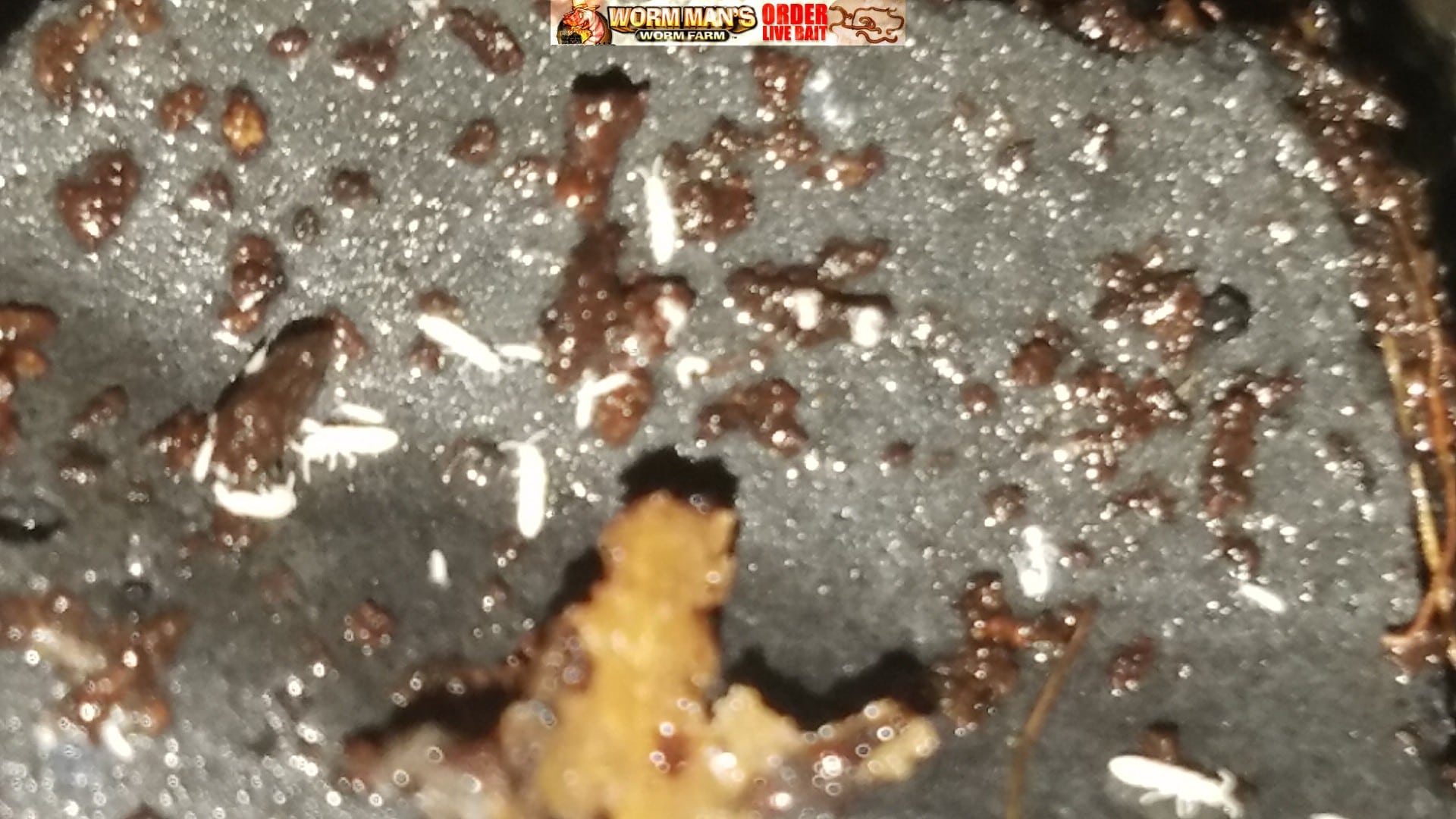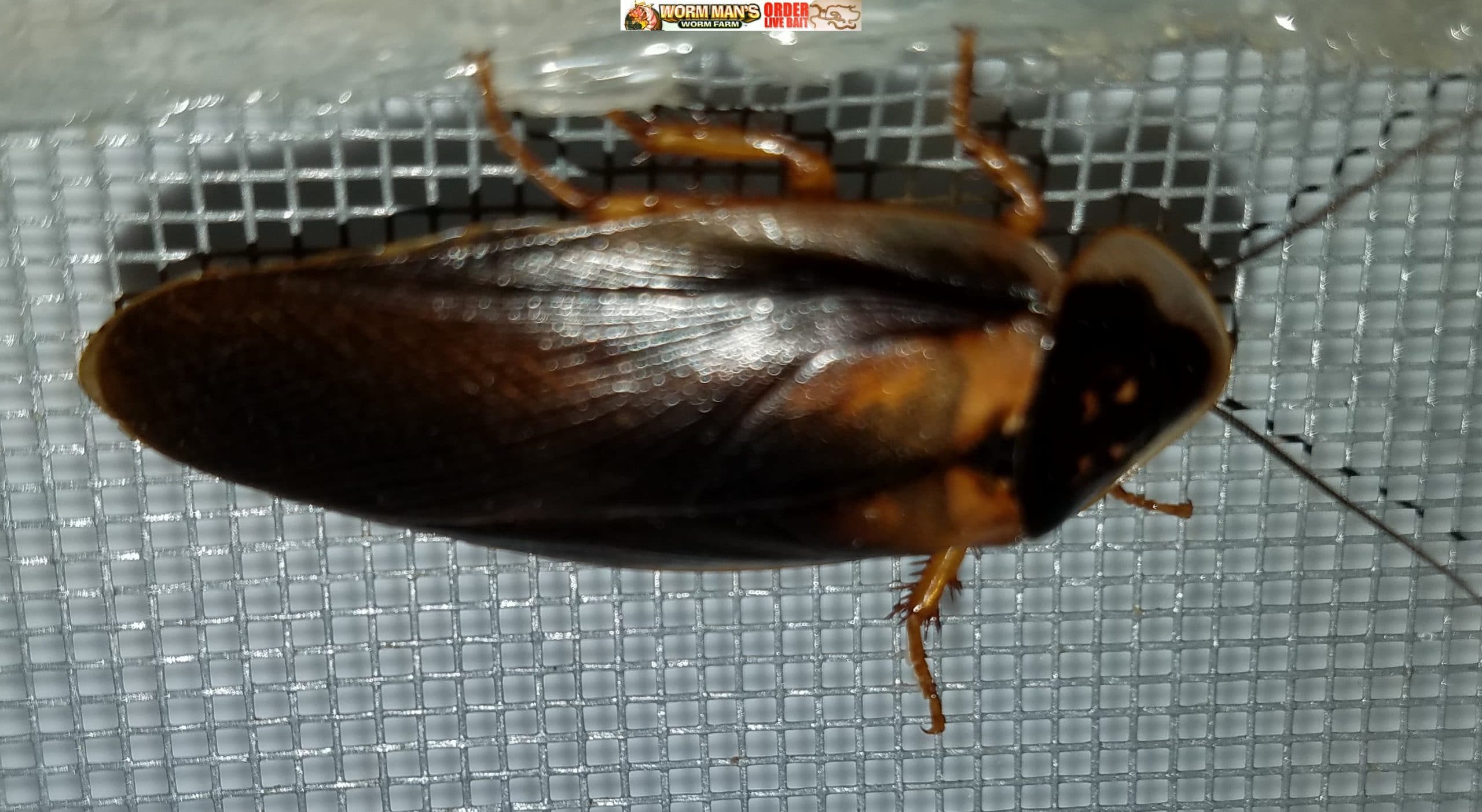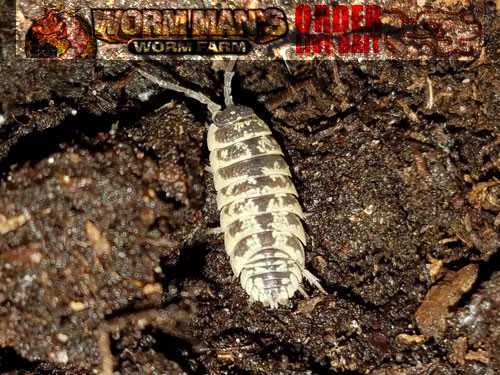
Springtails
Folsomia candida
(Collembola)
Springtails are arthropods. They are soil swelling insects that feed upon decaying organic matter in soil. They help break down dead and decaying matter.
They are a great food for Dart Frogs, fish and other small amphibians and reptiles. They are very easy to culture as long as you keep them clean and watch for signs of culture crashing, mold or mites.
We culture out Springtails on activated charcoal and lump charcoal. We feed our Springtails brewers yeast and a few small amounts of grains. We grow many thousands of springtails in each culture and we also sell cultures. Of regular white temperate springtails, pink springtails and tropical springtails. The tropical variety are great for any terrarium that requires high temperatures.
Check out our video which will walk you through the culturing process. Also check out the links below to get the things that you will need to culture your own springtails at home.


 Dubia Female Breeder
Dubia Female Breeder





You must be logged in to post a comment.